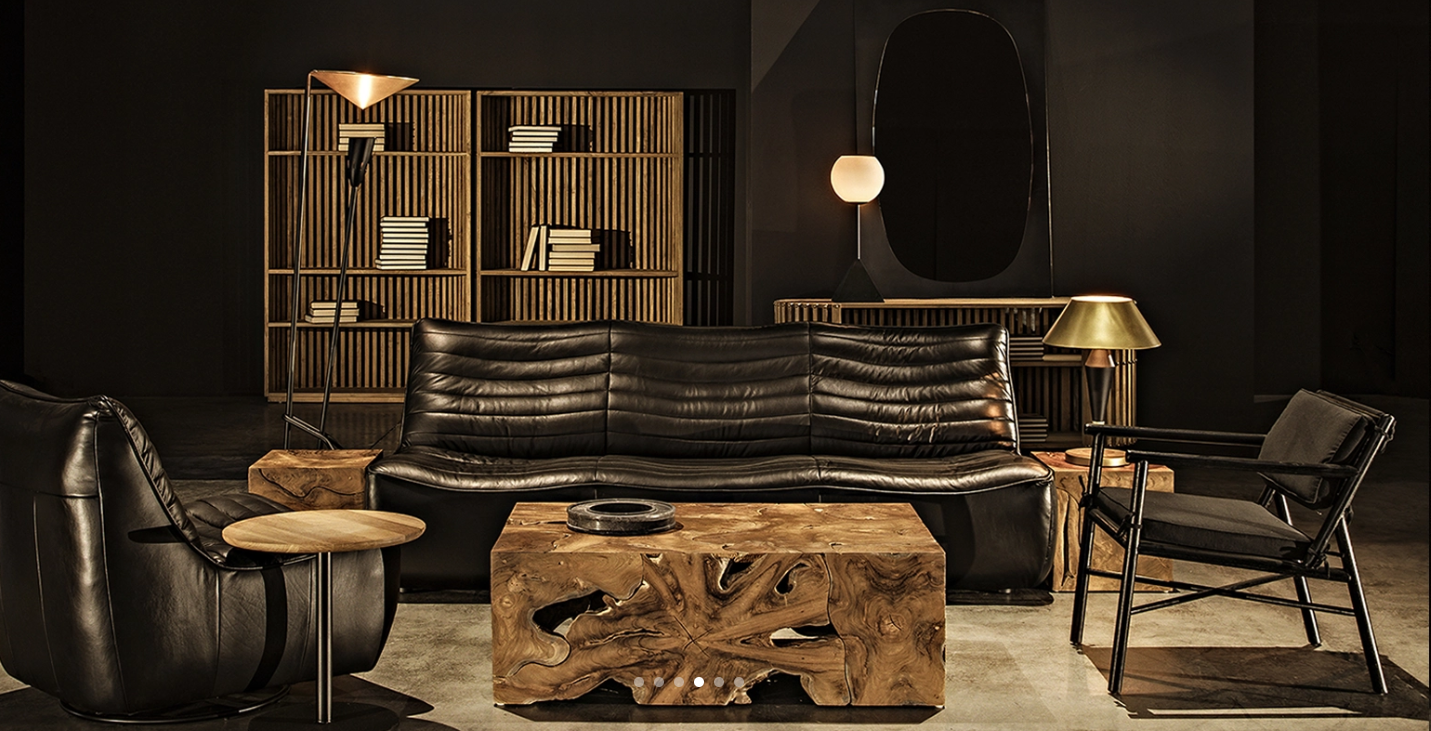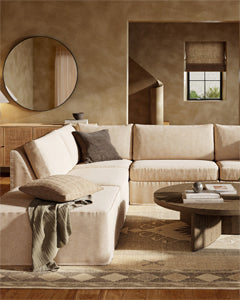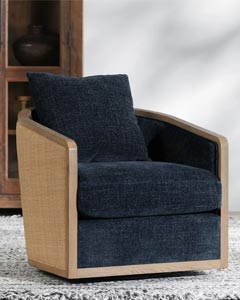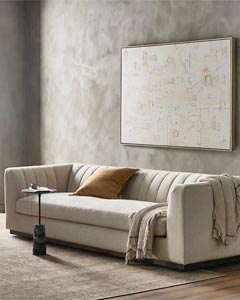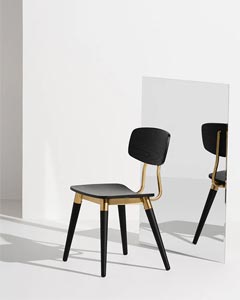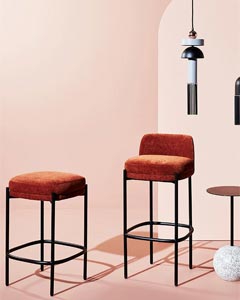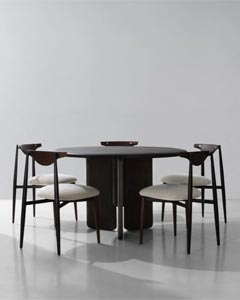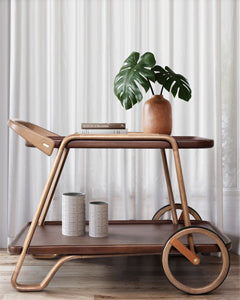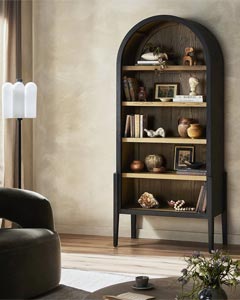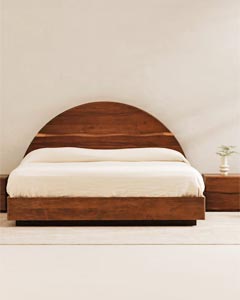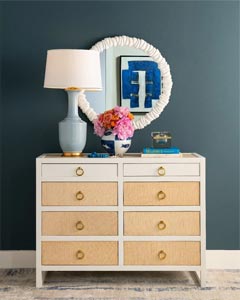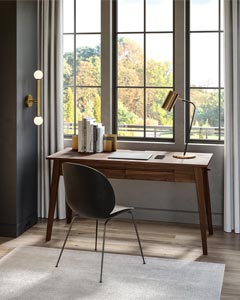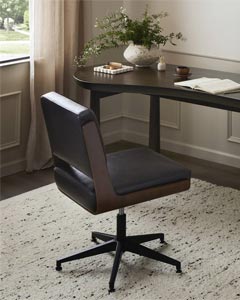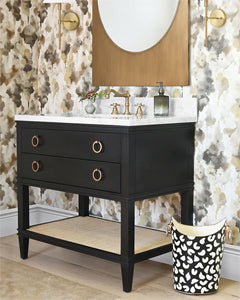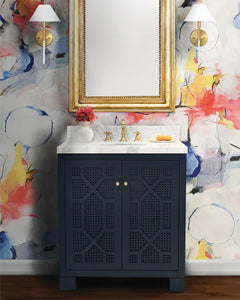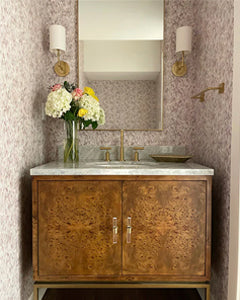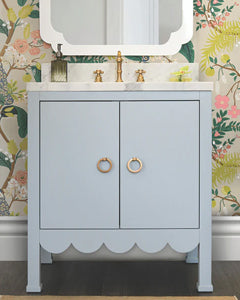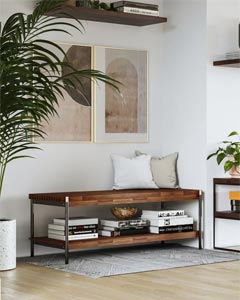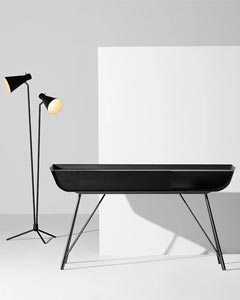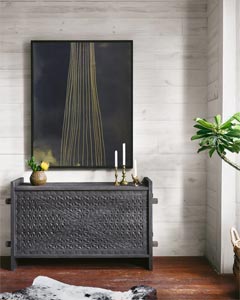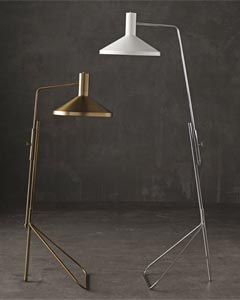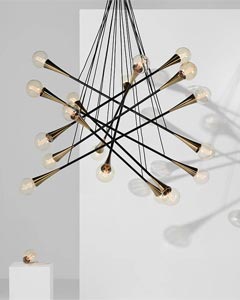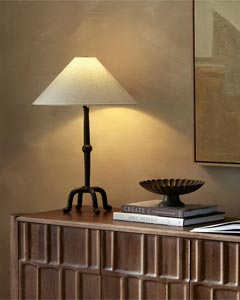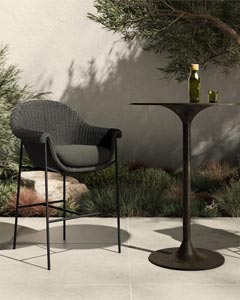Investing in designer furniture can elevate any living space, but how do you differentiate between authentic pieces and imitations? Designer furniture carries not only aesthetic appeal but also represents a commitment to quality craftsmanship and timeless design. Recognizing the key features that mark genuine designer pieces helps you make informed decisions and avoid costly mistakes. This article guides you through essential quality indicators and how to spot authenticity in designer furniture, ensuring your investment adds lasting value and style to your home.
Understanding Designer Furniture: What Makes It Authentic?
Defining Designer Furniture
Designer furniture is characterized by unique design elements, superior craftsmanship, and often a connection to renowned designers or brands. Unlike mass-produced items, authentic designer pieces are created with an emphasis on quality materials, detail, and longevity. Knowing what qualifies a piece as “designer” is the first step toward identifying authenticity.
Why Authenticity Matters
Authentic designer furniture holds value beyond mere aesthetics. These pieces combine artistry and functionality, often appreciating in worth over time. Counterfeits, while visually similar, lack durability and craftsmanship, leading to premature wear and loss of value. Recognizing authenticity ensures you invest in a piece that will endure and enhance your space.
Key Quality Features to Look For
Material Excellence
The foundation of quality in designer furniture lies in the materials used. Solid hardwoods like walnut, oak, or maple are commonly chosen for their durability and beautiful grain patterns. Genuine designer pieces avoid particleboard or low-grade composite woods. Upholstery materials should be premium — think full-grain leather, rich velvet, or tightly woven linens that promise longevity.
Craftsmanship and Construction
Designer furniture is distinguished by meticulous craftsmanship. Joinery techniques such as dovetail or mortise-and-tenon joints are hallmarks of structural integrity. Look for smooth edges, seamless stitching in upholstery, and consistent finishes. Quality hardware in the form of metal handles or hinges is securely attached and often crafted from brass or stainless steel, not cheap plastic or lightweight alloys.
How to Verify Authenticity: Practical Steps
Checking Labels and Signatures
One of the most straightforward indicators of designer furniture authenticity is the presence of brand stamps, labels, or designer signatures. These marks often appear discreetly on undersides, inside drawers, or on the back of pieces. Beware of missing labels or poorly affixed tags, which can signal replicas.
Asking for Documentation
Many authentic pieces come with certificates of authenticity, especially limited editions or bespoke orders. Requesting provenance documentation from retailers or sellers adds confidence and helps trace the history of the furniture. Always buy from reputable dealers to avoid counterfeit risks.
Physical Signs of Quality in Designer Furniture
Weight and Feel
Authentic designer furniture tends to feel robust and well-built. Solid wood or metal frames will add noticeable weight. Pieces that feel unusually light might use inferior materials or hollow construction, which compromises longevity.
Detailed Finishing
- Surface Finishes: Look for smooth, even finishes with no bubbling or blotches; hand-polished surfaces often indicate superior care.
- Upholstery: Even, tight stitching with aligned patterns or seams reflects skilled craftsmanship.
- Hardware: Securely attached and made of quality metal, not plastic or coated alloys.
Common Red Flags Indicating Inauthenticity
Too-Good-to-Be-True Prices
Designer furniture typically carries a premium price reflecting quality and exclusivity. Significant discounts or prices far below market rates often point to replicas or poor-quality copies.
Poor Build Quality
- Loose joints or visible glue residue
- Uneven surfaces or dents and scratches that don’t align with age or use
- Cheap upholstery materials or visible flaws in fabric and stitching
Tips for Buying Designer Furniture with Confidence
Do Your Research
Educate yourself about the specific designer or brand you’re interested in. Knowledge of signature styles, materials, and typical construction methods makes spotting fakes easier.
Inspect Pieces in Person Whenever Possible
Seeing and touching furniture allows you to assess quality firsthand—checking weight, stitching, joinery, and finishes in a way photos cannot capture.
Buy From Trusted Sources
Purchase from authorized retailers, official brand showrooms, or established resale platforms that verify authenticity. Avoid suspicious third-party sellers that lack return policies or guarantees.
Designer Furniture Maintenance and Longevity
Caring for Materials
Proper care preserves the beauty and structural integrity of designer furniture. Use wood conditioners, appropriate upholstery cleaners, and avoid excessive exposure to sunlight or humidity fluctuations.
Recognizing Patina and Natural Aging
High-quality materials like leather and wood develop a desirable patina over time, enhancing their character. Understanding this natural aging process helps distinguish genuine pieces from cheap imitations that degrade unattractively.
Identifying authentic designer furniture involves attention to detail, understanding quality indicators, and verifying provenance. By looking closely at materials, craftsmanship, and brand markers, you can confidently select pieces that reflect true designer excellence. Whether furnishing your home or building a collection, investing in genuine designer furniture ensures you enjoy lasting style and value. Ready to explore authentic designer furniture that elevates your space? Discover our curated collection and learn more about craftsmanship and design excellence today.
